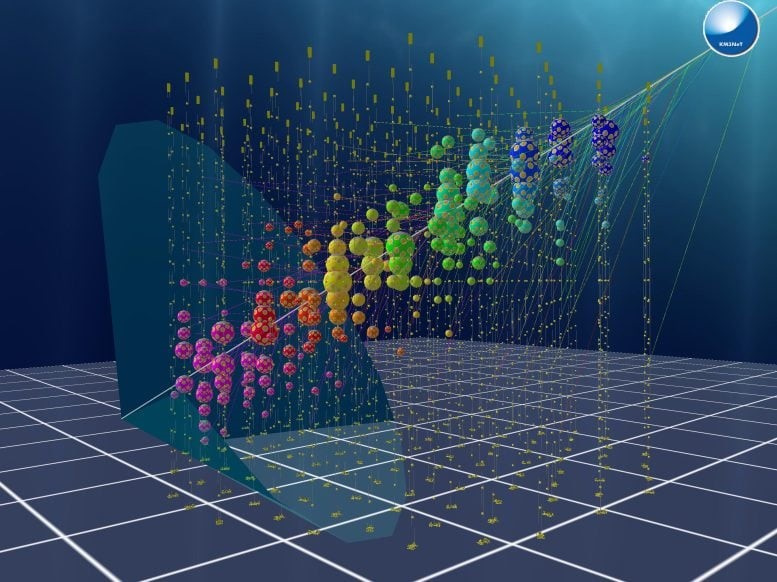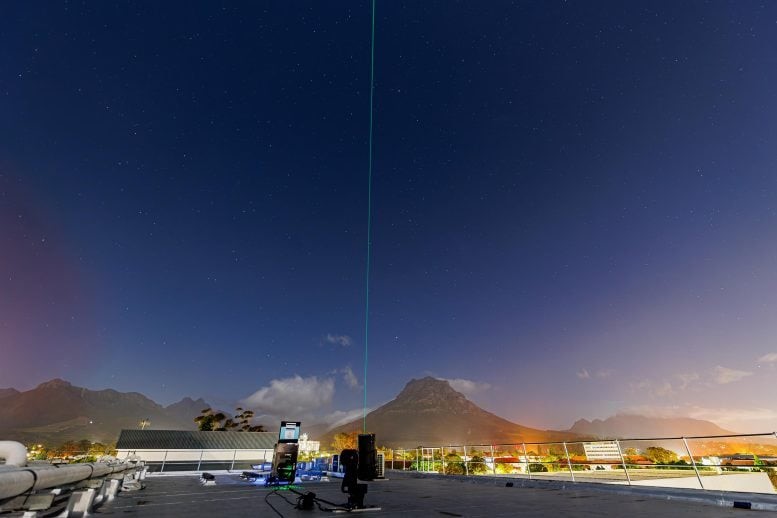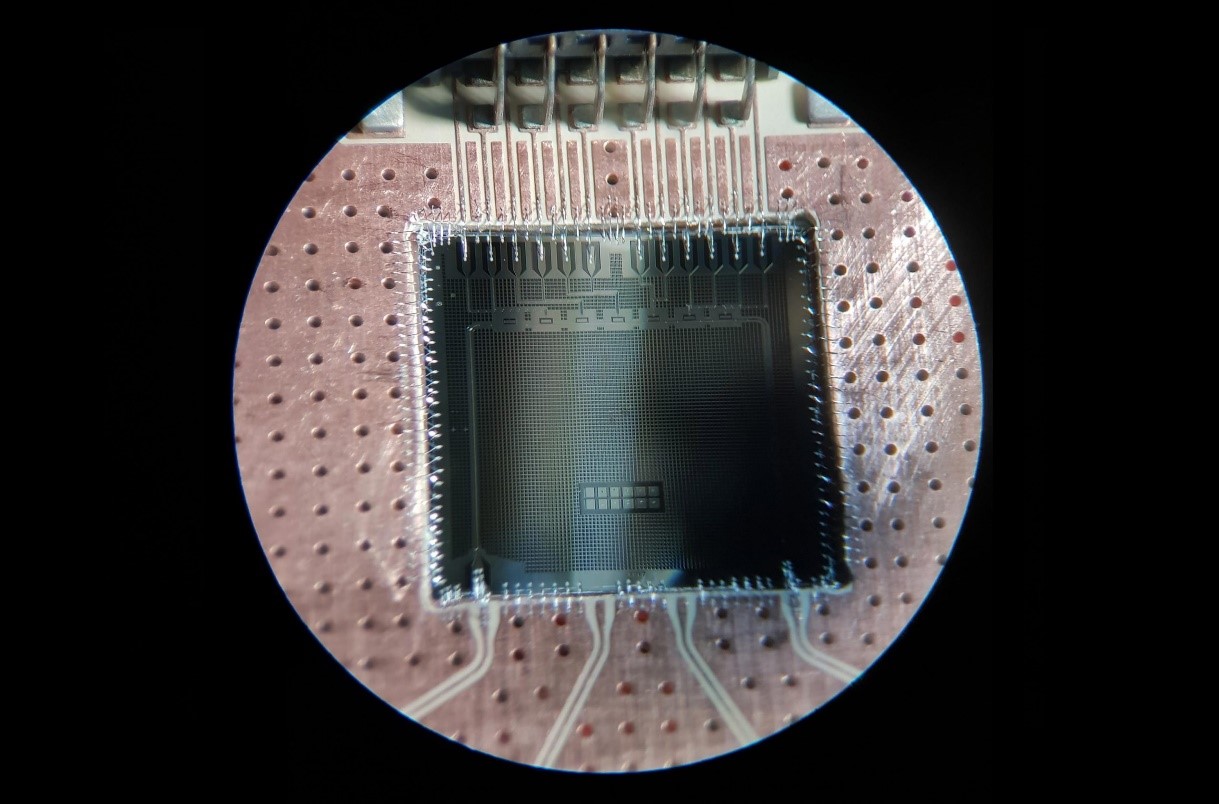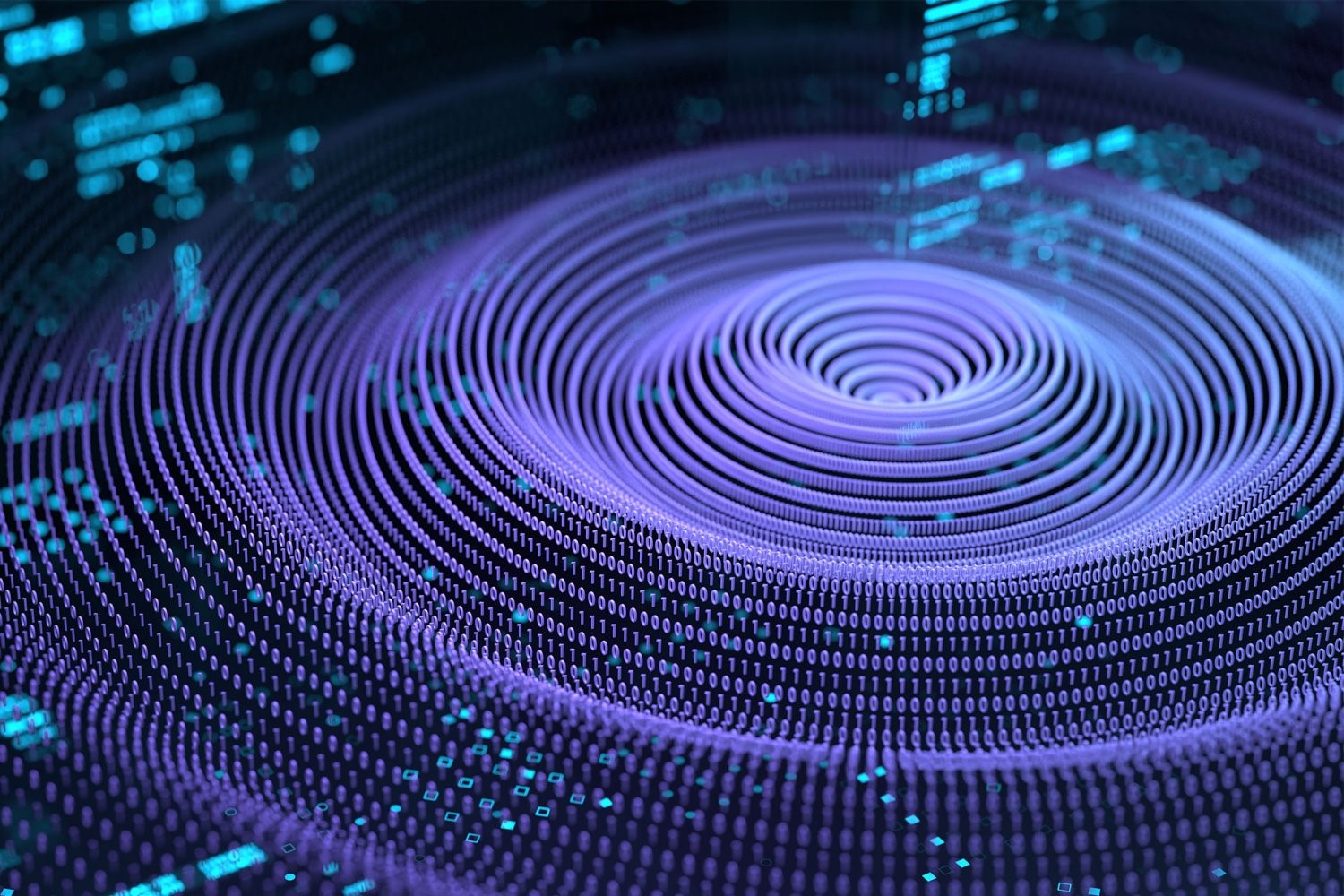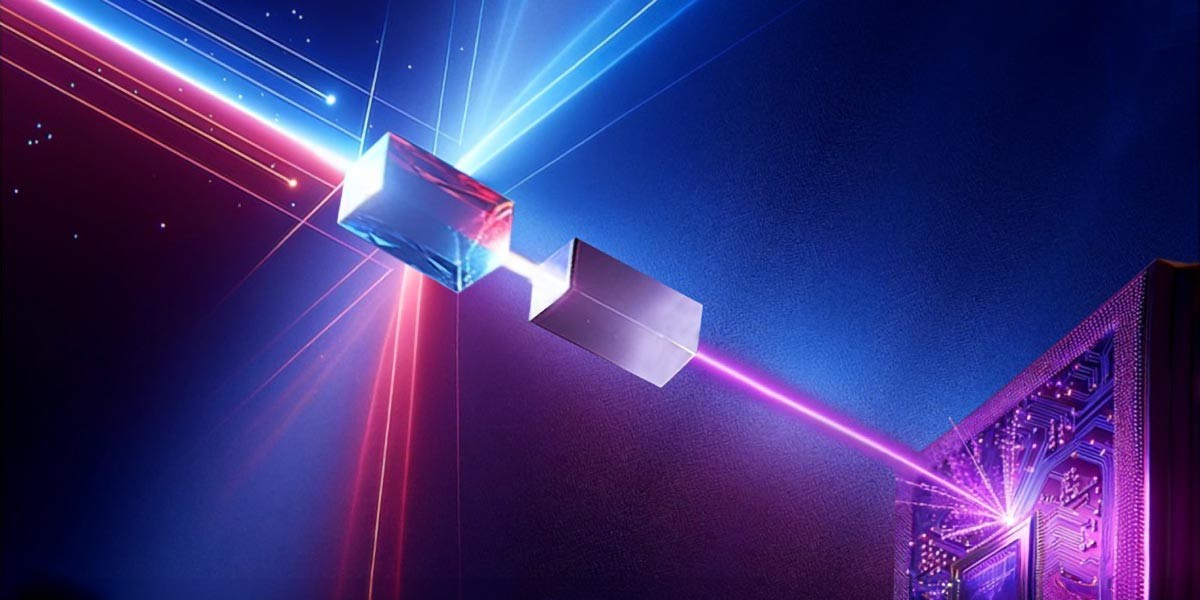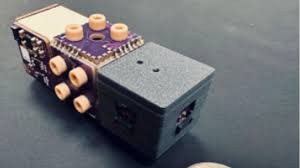56-Qubit Quantum Computer Achieves Feat Beyond Supercomputers
Researchers have reached a significant milestone in quantum computing by achieving certified randomness—where a quantum computer generates truly random numbers, and classical supercomputers verify their authenticity.
This breakthrough has profound implications for cryptography, fairness, and security, marking a transition from theoretical possibilities to practical real-world applications of quantum advantage.
A new study in Nature by researchers from JPMorgan Chase, Quantinuum, Argonne and Oak Ridge National Laboratories, and The University of Texas at Austin highlights a significant quantum computing milestone with promising impacts on cryptography, data privacy, and fairness.

Figure 1. Quantum Computer Achieves Certified True Randomness, Enabling Unbreakable Encryption
The team utilized a 56-qubit quantum computer to achieve certified randomness for the first time. This process involves generating random numbers on a quantum computer and verifying their authenticity with a classical supercomputer. This milestone marks a significant step toward leveraging quantum computers for practical tasks beyond the capabilities of classical systems [1]. Figure 1 shows Quantum Computer Achieves Certified True Randomness, Enabling Unbreakable Encryption.
The Science Behind the Breakthrough
The concept of certified randomness was first proposed by Scott Aaronson, a computer science professor at UT Austin and director of its Quantum Information Center. Along with his former postdoctoral researcher, Shih-Han Hung, Aaronson provided the theoretical framework and analytical support for the experimental demonstration.
“I had no idea how long it would take to see my 2018 certified randomness protocol realized experimentally,” Aaronson remarked. “Expanding on the original protocol and implementing it is a crucial step toward using quantum computers to generate certified random bits for real cryptographic applications.”
Quantum Computing Surpasses Classical Limits
Quantum computers have demonstrated computational power that surpasses even the most advanced classical supercomputers. Last year, teams from Quantinuum and JPMorgan Chase, as well as Google, achieved quantum supremacy by performing tasks impossible for existing supercomputers. However, applying this power to practical problems remained a challenge.
This challenge has now been met by utilizing random circuit sampling (RCS) to generate certified randomness—an essential resource for applications in cryptography, fairness, and privacy.
The Importance of True Randomness
Classical computers cannot generate truly random numbers on their own and rely on hardware random-number generators. However, an adversary could compromise the generator, producing numbers that appear random but are actually predictable, making cryptographic codes vulnerable. With the new method, even if an adversary controlled the quantum computer, they would be unable to manipulate the output while still passing the certification for true randomness.
Understanding the Protocol
Using the 56-qubit Quantinuum System Model H2 trapped-ion quantum computer remotely via the internet, the team successfully generated certifiably random bits. They executed a certified randomness expansion protocol based on random circuit sampling (RCS), which produces more randomness than it consumes.
The protocol involves two key steps. First, the team repeatedly presented the quantum computer with challenges that only it could solve quickly—tasks beyond the capabilities of even the most powerful classical supercomputers. The quantum computer could only solve these challenges by randomly selecting one of the many possible solutions.
In the second step, classical supercomputers were used to mathematically certify the randomness as genuine. The team demonstrated that classical methods could not replicate this randomness. By leveraging multiple high-performance supercomputers with a combined sustained performance of 1.1 × 10¹⁸ floating-point operations per second (1.1 ExaFLOPS), they successfully certified 71,313 bits of entropy.
Quantum Breakthrough in Cryptography
“This achievement represents a significant milestone in quantum computing, solving a real-world problem beyond the reach of today’s classical supercomputers,” said Marco Pistoia, Head of Global Technology Applied Research at JPMorgan Chase. He emphasized that certified randomness not only showcases progress in quantum hardware but will also be crucial for future research, statistical sampling, numerical simulations, and cryptography.
Advanced Hardware Paved the Way for the Breakthrough
In June 2024, Quantinuum upgraded its System Model H2 quantum computer to 56 trapped-ion qubits. Partnering with JPMorgan Chase’s Global Technology Applied Research team, they used this system to perform random circuit sampling (RCS), originally designed to demonstrate quantum advantage. With its high fidelity and all-to-all qubit connectivity, H2 outperformed existing industry standards by a factor of 100, proving that the results could not be achieved using classical computers. This upgrade, combined with Aaronson’s protocol, enabled the breakthrough now detailed in Nature.
Advancing Toward Practical Quantum Security
Dr. Rajeeb Hazra, President and CEO of Quantinuum, hailed this achievement as a pivotal step toward real-world quantum applications [2]. He emphasized that certified quantum randomness not only showcases the superior performance of trapped-ion technology but also sets a new benchmark for quantum security and advanced simulations in industries such as finance and manufacturing.
Travis Humble, director of the Quantum Computing User Program and the Quantum Science Center at ORNL, credited the breakthrough to the world-class U.S. Department of Energy computing facilities at Oak Ridge, Argonne, and Lawrence Berkeley National Laboratories. He highlighted that these efforts are advancing the boundaries of both quantum and high-performance computing.
References:
- https://scitechdaily.com/a-56-qubit-quantum-computer-just-did-what-no-supercomputer-can/
- https://cns.utexas.edu/news/research/researchers-achieve-quantum-computing-milestone-realizing-certified-randomness
Cite this article:
Janani R (2025), 56-Qubit Quantum Computer Achieves Feat Beyond Supercomputers, AnaTechMaz, pp.236


